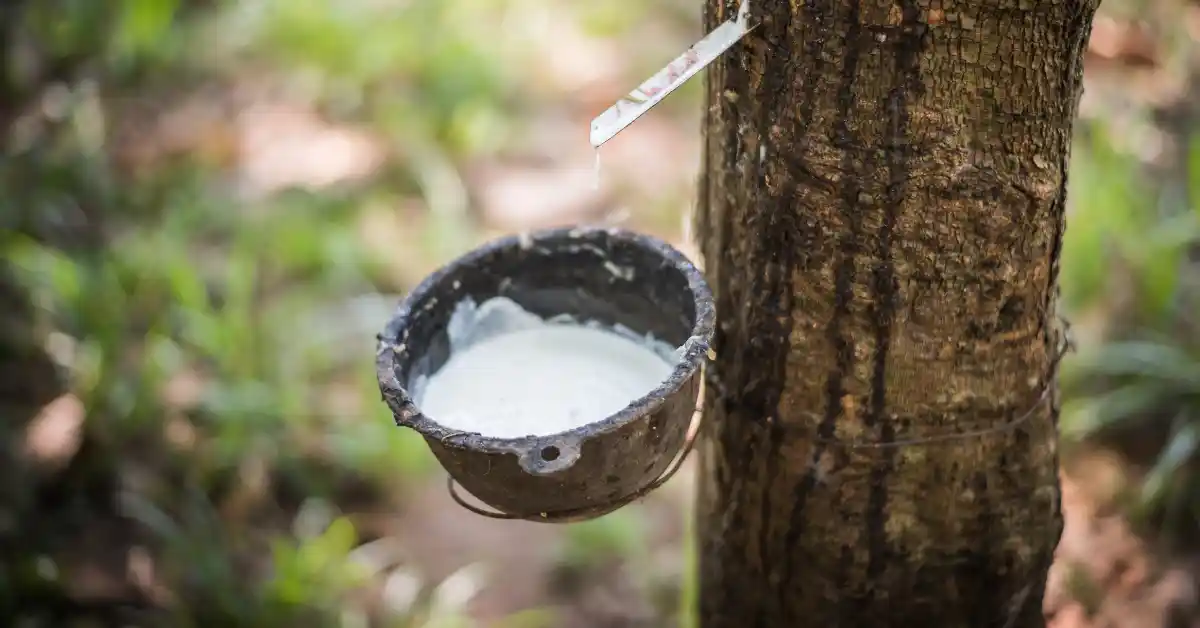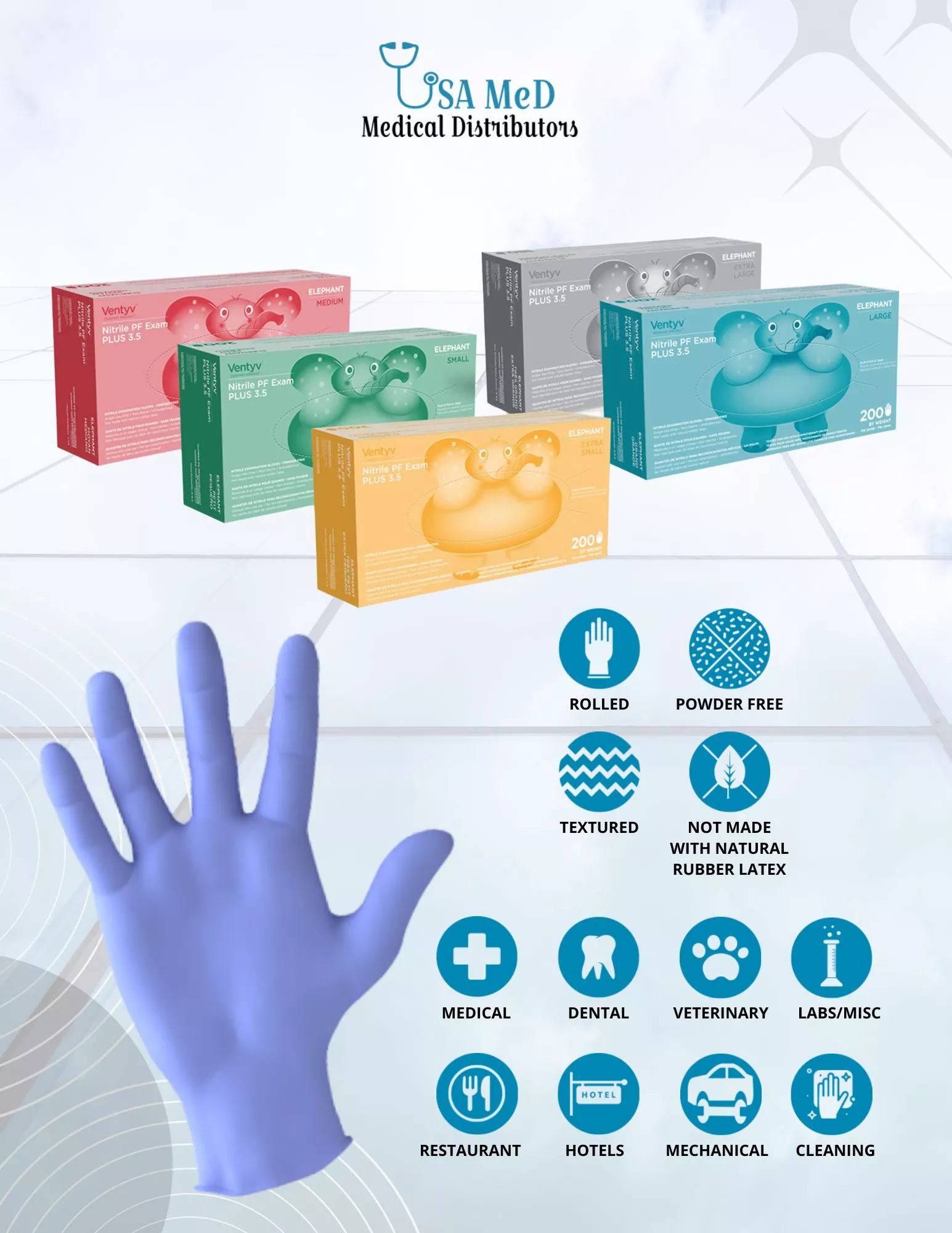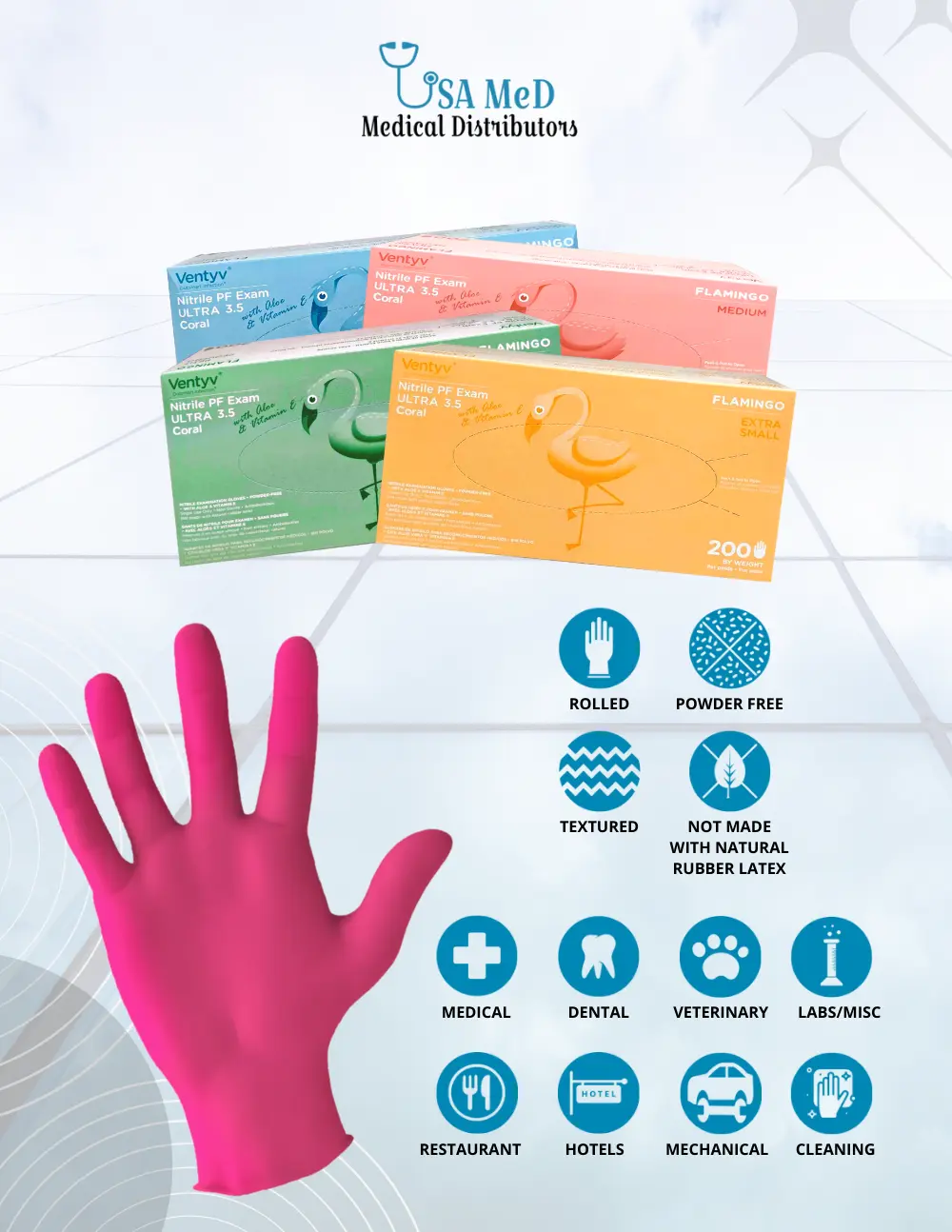
Is Natural Rubber Latex the Same as Latex? Understanding the Differences
Natural rubber latex is a milky fluid derived from the sap of rubber trees, primarily the Hevea brasiliensis species. It is composed of water, proteins,


Natural rubber latex is a milky fluid harvested from the rubber tree, scientifically known as Hevea brasiliensis. This versatile substance is primarily composed of polyisoprene, a polymer that gives natural rubber its unique properties. One of its the key characteristics the excellent elasticity. This characteristic allows it to stretch and return to its original shape without permanent deformation. Additionally, it possesses remarkable tensile strength and resilience, making it ideal for a variety of applications.
The process of obtaining natural rubber latex involves tapping the rubber tree. It entails making incisions in the bark to collect the sap. This sustainable practice not only supports local economies but also ensures that the trees can continue to thrive for many years. It is widely used in different products. It ranges from gloves and balloons to tires and footwear due to its durability and biodegradability compared to synthetic alternatives. Understanding what is natural rubber latex and its properties helps in appreciating its significance in both industrial applications and everyday life.
Natural rubber latex is derived from the sap of rubber trees. It is renowned for its unique properties that make it a preferred material in various applications. One of the its standout characteristics is the exceptional elasticity. This property allows products made from latex to stretch and return to their original shape. It makes them ideal for items such as gloves, balloons, and elastic bands.
In addition to elasticity, the durability of latex products cannot be overlooked. It exhibits high resistance to wear and tear, providing longevity in use compared to synthetic alternatives. This durability translates into cost-effectiveness over time, as consumers can rely on these products for extended periods without compromising performance.
Another significant advantage of natural rubber latex is its biodegradable properties. Unlike many synthetic materials that contribute to environmental pollution, it breaks down naturally over time. This makes it a more sustainable choice for eco-conscious consumers.
Moreover, natural rubber latex offers hypoallergenic benefits. While some individuals may have sensitivities or allergies to certain substances found in synthetic materials, natural rubber is generally well-tolerated by most people. This makes it a suitable option for medical applications such as gloves and catheters where skin sensitivity is a concern.
In conclusion, natural rubber latex is a remarkable material derived from the sap of the rubber tree, Hevea brasiliensis, that boasts exceptional properties such as elasticity, durability, and biodegradability. Its ability to stretch and return to its original shape makes it ideal for a wide range of products including gloves and footwear. Furthermore, the longevity of latex products not only enhances their cost-effectiveness but also positions them as a sustainable alternative to synthetic materials. Its hypoallergenic nature further underscores its importance in medical applications where skin sensitivity is paramount. By understanding these key attributes and advantages, we can appreciate the vital role it plays in both industrial uses and our daily lives while promoting environmentally friendly choices for the future.

Natural rubber latex is a milky fluid derived from the sap of rubber trees, primarily the Hevea brasiliensis species. It is composed of water, proteins,

Natural rubber latex is a milky fluid harvested from the rubber tree, scientifically known as Hevea brasiliensis. This versatile substance is primarily composed of polyisoprene,

What is Nitrile Plastic? An Overview of Its Properties Nitrile plastic, often confused with nitrile rubber, is a synthetic copolymer made from acrylonitrile and butadiene.

Understanding the Importance of Proper Glove Fit Understanding the importance of proper glove fit is essential for anyone who relies on gloves for protection, comfort,

Introduction: Why Healthcare Gloves are Crucial in Medical Settings In medical settings, healthcare gloves play a pivotal role in ensuring the safety and well-being of
Driven by a passion for excellence, our mission is to consistently deliver the highest quality products at the most affordable prices. We aim to exceed customer expectations, creating value and trust.


Phone Number: (239) 266 -1290
Email Addresses:
sales@usamedicaldistributors.com
customercare@usamedicaldistributors.com
Mailing Address :
501 Goodlette, Frank Rd N A105, Naples, FL 34102
Copyright 2022 – 2024. USAMED Medical Distributors. All rights reserved.
Privacy Policy | Return and Refund Policy
| Website by M. Escober